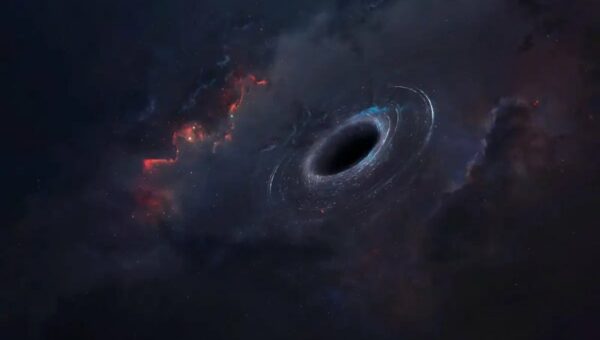According to a study, the Sun will peak in its activity cycle far sooner than previously thought by scientists. The solar maximum is expected to occur in January 2024, according to research by astrophysicists Priyansh Jaswal, Chitradeep Saha, and Dibyendu Nandy at the Center of Excellence in Space Sciences India.
What Takes Place During Solar Maximum?
The discovery deviates from the original prediction, which put the solar maximum in July 2025. Solar cycles, those enigmatic but recurring patterns of the Sun’s activity, happen roughly every 11 years, according to Science Alert. Along with variations in solar activity such as sunspots, solar flares, and coronal mass ejections, the Sun’s magnetic field reverses polarity during this time.The solar maximum, which denotes the pinnacle of the Sun’s activity in each cycle, is the point at which magnetic field polarity changes. In the past, scientists used sunspot tracking to forecast solar cycles. But estimates rather than exact timings were provided by this method. 2019’s solar cycle 24 marked the end of the previous solar minimum.
Ahead of Schedule
After that, it was predicted that solar cycle 25 would have quiet activity and peak in July 2025. However, reality eschewed those predictions. With its exceptional levels of solar activity, solar cycle 25 has proven to be one of the strongest cycles of the Sun ever observed since observations started in 1755.Scientists Robert Leamon of NASA and Scott McIntosh of the US National Centre for Atmospheric Research challenged the conventional wisdom in response to the Sun’s unexpected intensity, predicting a stronger solar maximum in mid-to late-2024. The NOAA updated its forecast in October 2023, moving the maximum date up to January and October 2024.
Researching Sunspots
Jaswal, Saha, and Nandy’s recent study offers a novel viewpoint on solar cycle prediction. They examined decades’ worth of data and used the Waldmeier effect to examine the Sun’s internal magnetic activity rather than just surface-level sunspot activity. The Waldmeier effect, which was discovered in 1935, connects sunspots to the duration of the solar cycle.Put simply, a shorter cycle results from a faster rise in sunspot activity corresponding to a quicker arrival of solar maximum. The rate at which the Sun’s poles weaken was investigated by Jaswal and his colleagues, and the results were correlated with the Waldmeier effect. The result was a forecast that coincides with January 2024 as the solar maximum.
A Novel Method for Solar Cycle Prediction
Because space weather and solar activity are inherently linked and could have an impact on Earth, improving our capacity to forecast solar cycles is essential for being ready. Numerous facets of our existence are impacted by the solar cycle, such as radio communications, satellite electronics, and spacecraft and astronaut safety.Solar cycle strength and duration predictions aid in space weather forecasting, radio communication protection, and public safety. The discoveries made by Jaswal, Saha, and Nandy remind us that the universe is constantly full of surprises and provide a new window for studying and predicting the behavior of the Sun.







